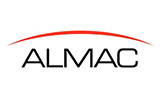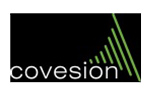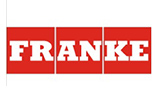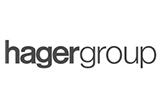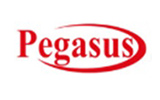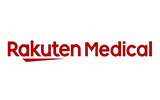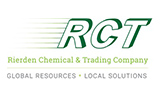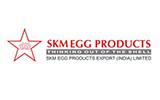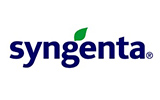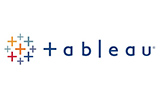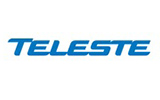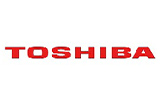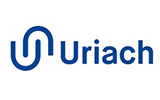
The Global Digital Out-of-Home (DOOH) Advertising Market is valued at approximately USD 18.74 billion in 2023 and is expected to grow at a compound annual growth rate (CAGR) of 10.7% during the forecast period from 2024 to 2032. Digital out-of-home advertising encompasses dynamic, technology-enabled advertising content displayed in public spaces, leveraging the power of data-driven strategies to deliver personalized messaging to target audiences. The integration of artificial intelligence, programmatic advertising, and interactive displays has significantly revolutionized the DOOH ecosystem, fostering increased engagement and consumer interaction. This shift towards digital transformation is creating immense opportunities for brands to expand their reach, optimize campaign performance, and maximize returns on investment.
The burgeoning urbanization and increasing footfall in metropolitan areas are key drivers bolstering the market. Furthermore, the proliferation of advanced display technologies, including LED and LCD screens, coupled with cost-effective and scalable cloud-based platforms, is enabling advertisers to dynamically update campaigns in real-time. For instance, programmatic DOOH advertising allows brands to target specific demographics based on location, time, and behavioral data, enhancing the precision of marketing efforts. However, despite the promising potential, challenges such as high initial investments and concerns over privacy regulations may impede market growth.
The industry is witnessing a rapid evolution, with technological advancements such as augmented reality (AR) and virtual reality (VR) reshaping traditional outdoor advertising landscapes. Integration with mobile devices and social media platforms is further amplifying the impact of DOOH campaigns, enabling seamless connectivity and personalized experiences. Innovations in data analytics are also empowering advertisers to measure campaign performance with greater accuracy, providing actionable insights to refine strategies. Despite these breakthroughs, the high cost of digital signage infrastructure and maintenance remains a critical challenge for smaller enterprises.
Regional analysis reveals that North America dominates the market due to a well-established digital advertising infrastructure, technological advancements, and a robust network of advertisers and media owners. Europe follows closely, driven by growing adoption across industries such as retail, transportation, and entertainment. The Asia Pacific region is projected to witness the highest growth rate during the forecast period, attributed to increasing urbanization, rising disposable incomes, and rapid digitization in emerging economies like China, India, and Southeast Asia. These regions are investing significantly in smart city projects and digital transformation initiatives, creating a fertile ground for DOOH expansion.
Major market players included in this report are:
Clear Channel Outdoor Holdings, Inc.
JCDecaux Group
Outfront Media, Inc.
Lamar Advertising Company
Stroer SE & Co. KGaA
Daktronics, Inc.
Prismview LLC
Intersection Co.
Ocean Outdoor UK Limited
Broadsign International LLC
Broadcom Inc.
Samsung Electronics Co. Ltd.
NEC Display Solutions, Ltd.
Ayuda Media Systems
Planar Systems, Inc.
The detailed segments and sub-segments of the market are explained below:
By Application
Commercial
Public Service
By Format
Billboards
Street Furniture
Transit & Transportation
Place-Based Media
By Vertical
Retail
Entertainment
Automotive
Financial Services
Others
By Region:
North America
U.S.
Canada
Europe
UK
Germany
France
Spain
Italy
Rest of Europe
Asia Pacific
China
India
Japan
South Korea
Rest of Asia Pacific
Latin America
Brazil
Mexico
Rest of Latin America
Middle East & Africa
Saudi Arabia
South Africa
Rest of Middle East & Africa
Years considered for the study are as follows:
Historical year - 2022
Base year - 2023
Forecast period - 2024 to 2032
Key Takeaways:
Market estimates and forecasts for 10 years from 2022 to 2032.
Annualized revenues and regional-level analysis for each market segment.
Detailed analysis of the geographical landscape with country-level analysis of major regions.
Competitive landscape with information on major players in the market.
Analysis of key business strategies and recommendations on future market approaches.
Analysis of the competitive structure of the market.
Demand-side and supply-side analysis of the market.



